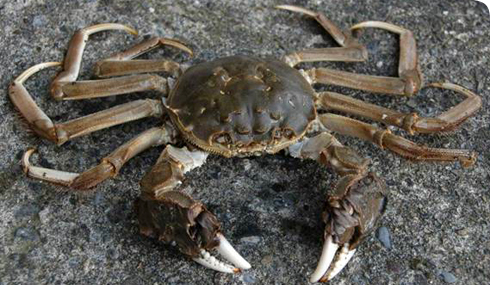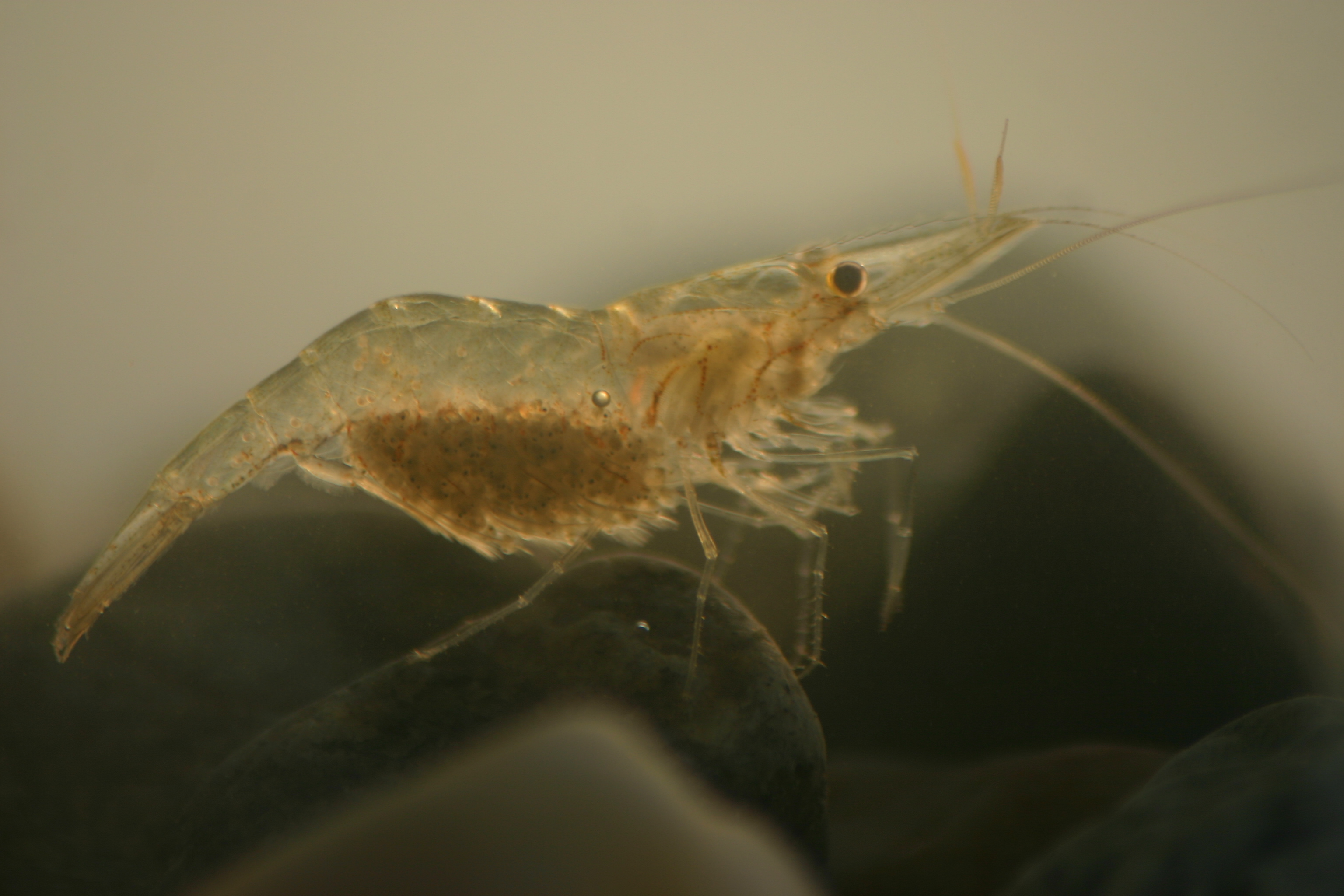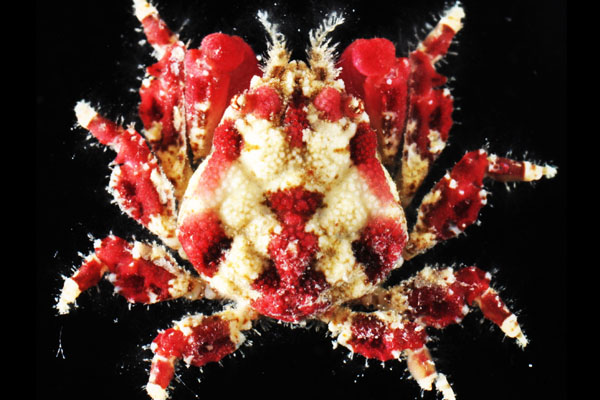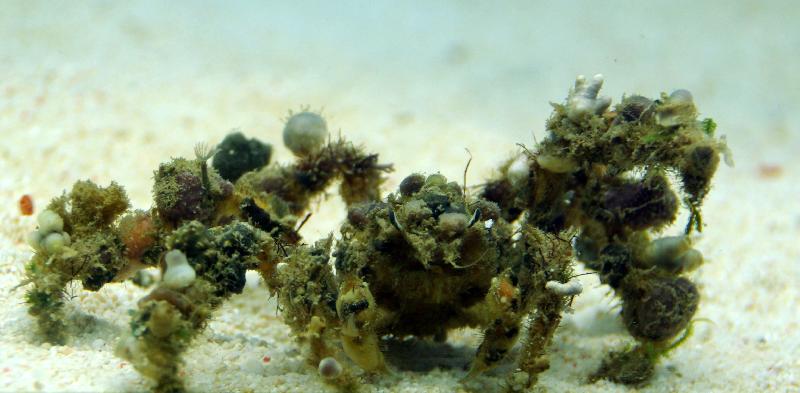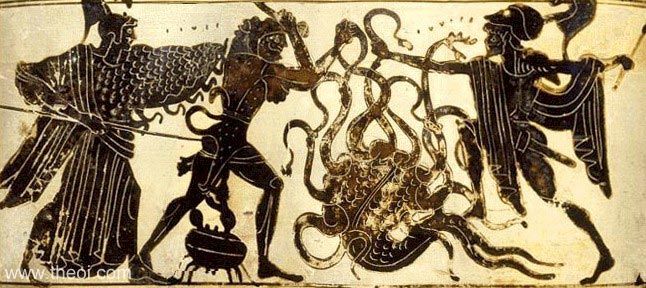CRINCH! #CrabOfTheDay for 10/31/2015: HAPPY HALLOWEEN! Today’s #CrabOfTheDay will be a triple-threat spooktacular! To kick off this creepy crustacean celebration we have first up…

…Patagurus rex or the “Pat McLaughlin” Hermit Crab! This denizen of the deep is a pagurid French Polynesian (Moorea, Society Islands) Hermit Crab that is so terrifying that it REJECTS the idea of using a shell! Though this crab’s distant ancestry most likely used snail shells to protect their bodies like normal hermits, Pat-Rexes de-volved, thickened their own carapaces, and quit using shells. This non-linear development track is a beautiful reminder that evolution isn’t always a sensible direct line of adaptation from one mode of living to another. The result is a really neat looking hermit crab that probably moves in a very unique fashion now that it doesn’t have a heavy snail shell anymore.
This lovely hermit crab is Patagurus rex. This was a new genus, named after a legend in the world of crustaceans, Pat McLaughlin.
So strange is this development, these crabs were given an entirely new genus, named after one of the world’s most eminent carcinologists, the late Dr. Patsy (Pat) A. McLaughlin (1932–2011).
http://www.marinespecies.org/aphia.php? ... &id=743497http://www.mapress.com/zootaxa/2013/f/zt03722p300.pdf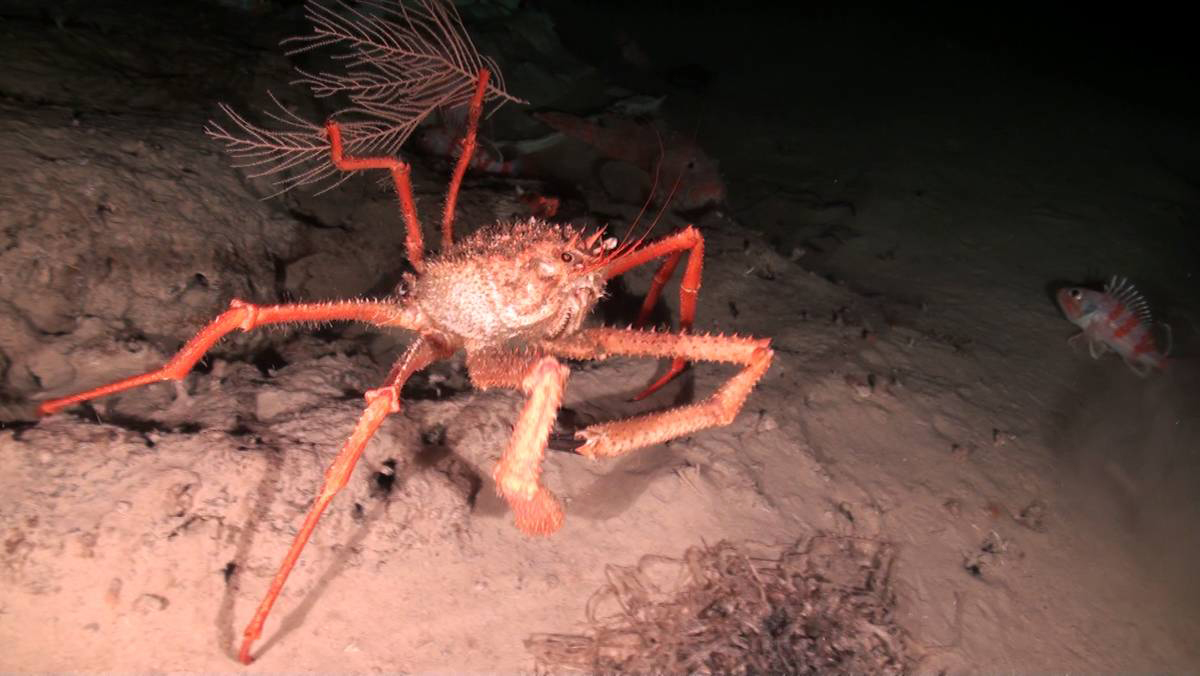
…Next up, though not a stirrer of cauldrons or a rider of brooms, the Arctic Witch Crab, or Paromola cuvieri is a supernaturally spectacular crab, capable of more than mere spells! This species of ‘porter crab’ (Homolidae) live in the eastern Atlantic Ocean and the Mediterranean Sea, from Angola to Norway and the Northern Islands- the SPOOKIEST WATERS ON EARTH! P. cuvieri occupies the demersal zone, and has a highly specialized fifth pair of legs, used for grasping sponges, fan corals, and other invertebrates as a form of camouflage. (Or to collect potion ingredients!)
http://eol.org/pages/1040173/overviewhttps://en.wikipedia.org/wiki/Paromola_cuvieri
…Our final ghoulish grasper has a pure black heart, and even blacker claws! It’s the Black-Fingered Mud Crab, or Panopeus herbstii. Like its creepy name implies, Black-Fingered Mud Crabs are dark brown in color, with stout, black-tipped and unequally-sized with knobby teeth on the closing edge. P. herbstii prefers the brackish depths found in Atlantic oyster reefs and muddy bottomed marshes- LIKE THE BLACK LAGOON!
Black-Fingered Mud Crabs are straight-up KILLERS! They use their strong claws to crack the shells of oysters, barnacles and marsh periwinkles, and can also be found feeding on worms, fish and even other crabs. THE HORROR!
https://en.wikipedia.org/wiki/Panopeus_herbstiihttp://www.sms.si.edu/irlspec/Panope_herbsti.htmhttp://www.marinespecies.org/aphia.php? ... &id=158436
